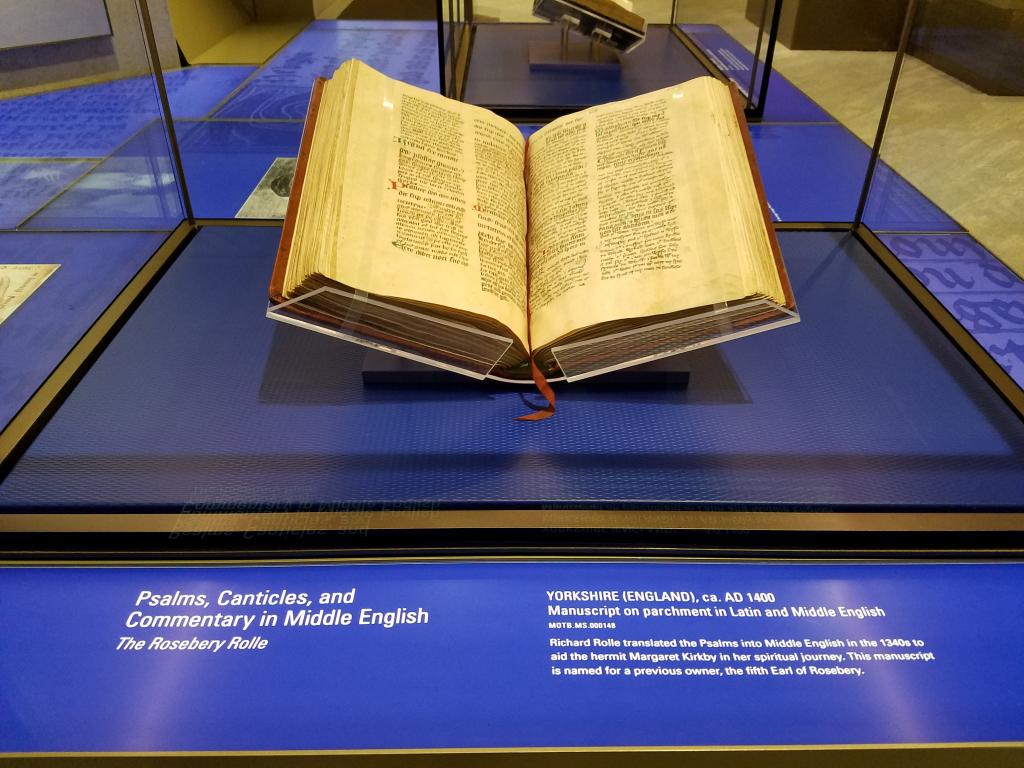“Material Culture” of Early Christianity
by larryhurtado
A recent multi-author volume commendably addresses the physical/material evidence of early Christianity: Alan H. Cadwallader, ed., Stones, Bones and the Sacred: Essays on Material Culture and Religion in Honor of Dennis E. Smith (Atlanta: SBL Press, 2016). Given the focus of the volume, it is curious, however, that there appears to be no treatment of a highly important body of physical evidence: earliest Christian manuscripts.
To be fair, the omission isn’t peculiar to this volume. Sadly, it’s all too typical. For some reason, scholars (who are likely unfamiliar with manuscripts) unconsciously (?) overlook manuscripts as artifacts. Instead, they treat them (or better, neglect them) as simply copies of texts. They are that, of course. But these earliest Christian copies of texts are also physical objects from the time of early Christianity, and they have physical and visual features that furnish what we might call “para-textual” data, in addition to the textual data.
I began calling attention to this way of looking at these data in an essay published nearly two decades ago: “The Earliest Evidence of an Emerging Christian Material and Visual Culture: The Codex, the Nomina Sacra and the Staurogram,” in Text and Artifact in the Religions of Mediterranean Antiquity: Essays in Honour of Peter Richardson, ed. Stephen G. Wilson and Michel Desjardins (Waterloo, Ontario: Wilfrid Laurier University Press, 2000), 271-88. Then, in a book, I discussed these matters more fully: The Earliest Christian Artifacts: Manuscripts and Christian Origins (Eerdmans, 2006).
Indeed, arguably, accepting the widely-adopted datings of some of them to the second and early third century, the manuscripts in question comprise (or are at least among) our earliest Christian artifacts (hence, the title of my book). And the “para-textual data” are significant.
The distinctive early Christian strong preference for the codex is perhaps our earliest expression of an emergent “material culture.” The nomina sacra comprise visual earmarks distinctive to early Christianity, visual expressions of reverence for the figures to whom these abbreviations applied. I emphasize that the nomina sacra show that early Christians wanted to signify these figures in a special way visually. The “staurogram,” a device combining the Greek letters tau and rho, was adapted by early Christians to serve as what appears to be a “pictographic” reference to the crucified Jesus, in manuscripts that are dated as much as 150 years earlier than what art historians commonly think that visual depictions of Jesus on the cross first appeared. These data are, arguably, the earliest extant expressions of an emergent “visual culture” in early Christianity.
The way the pages of a number of early Christian codices are laid out provides additional data. Often, this involves larger letters and inter-line spacing, fewer lines per page, a greater incidence of punctuation (in comparison to copies of “pagan” literary texts), and the use of spacing to signal sense-units. I have proposed that these features may give us physical evidence of the social diversity of earliest Christian circles, these features all comprising “aids” for the reading of these texts by individuals of varying abilities: “What Do the Earliest Christian Manuscripts Tell Us About Their Readers?,” in The World of Jesus and the Early Church: Identity and Interpretation in Early Communities of Faith, ed. Craig A. Evans (Peabody, MA: Hendrickson, 2011), 179-92; and “Manuscripts and the Sociology of Early Christian Reading,” in The Early Text of the New Testament, ed. Charles E. Hill and Michael J. Kruger (Oxford: Oxford University Press, 2012), 49-62.
Or, to offer another example, consider the early Christian practice of treating the name of the Old Testament figure, “Joshua,” as a nomen sacrum. The Greek form of his name is Iesous (English: Jesus), and in earliest Christian copies of OT writings where he appears, his name is written in the abbreviated form of nomina sacra. This wasn’t a mistake. Instead, it is physical/visual evidence of the early Christian belief that this OT figure was a fore-type of Jesus of Nazareth. The point is that early Christians didn’t simply believe certain things; they also expressed these beliefs sometimes in material and visual forms.
Of course, not all scholars of the New Testament and Christian Origins can (or should) be papyrologists too. But I think that every scholar in this field who wishes to address historical questions about early Christianity should become familiar with the material and visual characteristics of earliest Christian manuscripts. Their data are too important to be left solely to papyrologists and textual critics! And our conception of what is available as evidence of early Christian “material culture” and “visual culture” should be enlarged to include these data.












